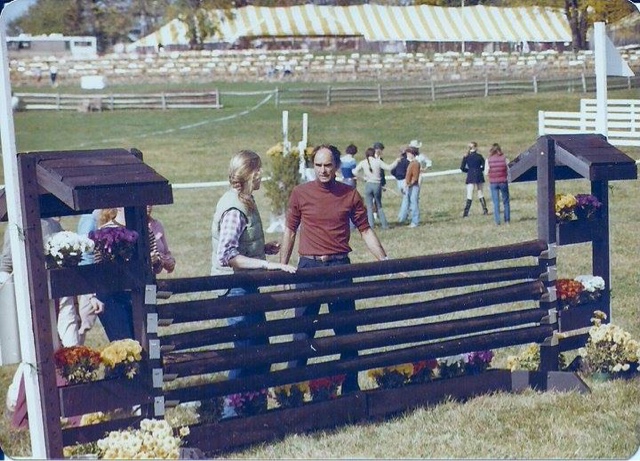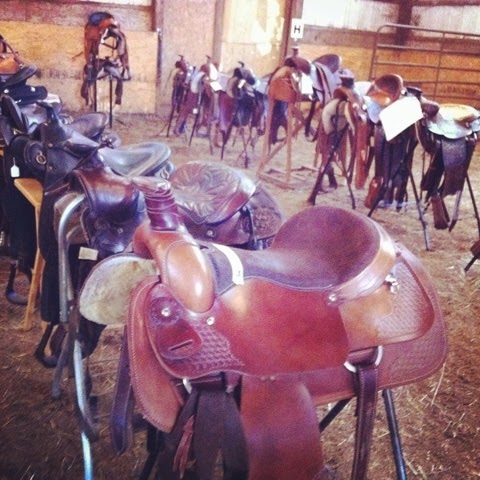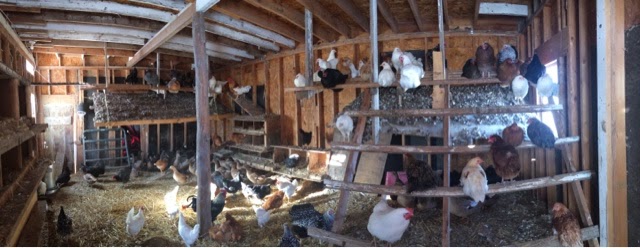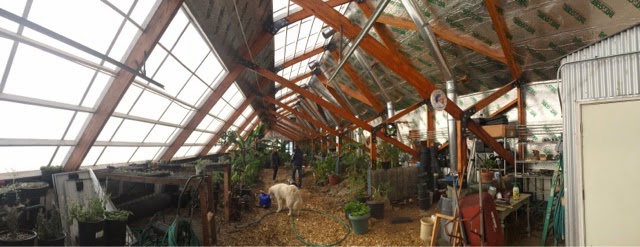A leader in the trail riding industry in the Finger Lakes Region, Painted Bar Stables is a 125 acre ranch and stable located on Seneca Lake in the beautiful Finger Lakes Wine Country. We maintain roughly 30 head of well trained and versatile trail and lesson horses along with mares, babies and our stallion.
Internships will be catered to the interest and future goals of each intern. Focuses could include: Equine Schooling and Training, Instruction and Lesson Planning, Tourism Industry and Client Care, Public Relations and Marketing, Breeding and Young Stock Handling, Veterinary Care, etc...
As an intern you will have the opportunity to work in the training, breeding and general management divisions of the farm. Every day duties will include feeding, checking horses, saddling and warming up horses for training, grooming, guiding trail rides, teaching novice lessons, helping to head Girl Scout and 4-H camp programs, and maintaining a clean professional working environment.
Depending on the ride schedule and time of year, interns will be involved with trail rides, clinics, hunter paces, overnight guiding, horse sales prep, foal handling, routine medical care such as worming, vaccinations, farrier and dentist scheduling. If the opportunity aligns with breeding season, Interns will be able to foal out a mare and participate in the care of the mare and foal after parturition. They will also be able to assist with the breeding activities of our stallion such as live cover breeding on the farm as well as semen collection at Cornell University. Additionally, interns will see office and client management, record keeping and marketing practices as well as become familiar with required legal and insurance logistics associated with owning and operating a stable or ranch. And above all else, Interns will be able to further develop their own riding and training skills while riding available horses at the ranch.
 Typical Seasonal Jobs
Typical Seasonal Jobs- September - November
Foliage and wine tourists, boost in our lesson program, organizing for winter - December - February
Schooling and training of horses, incoming training clients, winter maintenance, winter trail rides as requested, lessons focused on bareback riding and technical riding . - March - May
Reboot of our lesson program, usually a spring horse show, steady increase in trail riders, breeding of our stallion. - June - AugustSummer Camps, tourism trail rides, youth programs
Because Summer (July - August) is our busiest season as well as the highest demand for internships, we usually do specific interviewing for internships at that time in March. All other seasons have lower demand for internships because most students are at university.
This is a full time commitment. We provide shared furnished housing on the farm in our intern apartment and a weekly allowance of $100.
Requirements:
- Individuals must be quick and proactive learners, energetic, optimistic, reliable and professional.
- Capable of interacting with clients and the public on a regular basis, extroverts preferred
- Must be 18 years or older.
- Must be able to lift an 80# bag of grain unassisted.
- Must have a valid drivers license and we suggest having a vehicle of your own
- Must have a cell phone with text and email capability.
- Computer skills required
Preferred Skills and Abilities include: experience in tourism businesses, public speaking, marketing and public relations, driving manual transmission automobiles, operating tractors, advanced computer skills, and experience designing and implementing projects.
Minimum Commitment: 4 Weeks
Riders of all skill levels accepted as riding skills can be taught and improved; however, assigned duties with the horses will vary based on proficiency with horses. Preference is for accomplished riders as a main benefit of the internship is the opportunity for unlimited schooling.
We do not allow personal horses to accompany interns as past experiences have proven them to be a distraction from the learning benefits of working with a multitude of different horses within our stables.
For More information about our program please contact me by email paintedbarstables@gmail.com or visit our website, www.paintedbarstables.com.
If you would like to apply, send a resume, references and a short video of you riding and/or pictures by email. You can also follow us on our Painted Bar Stables facebook page.















